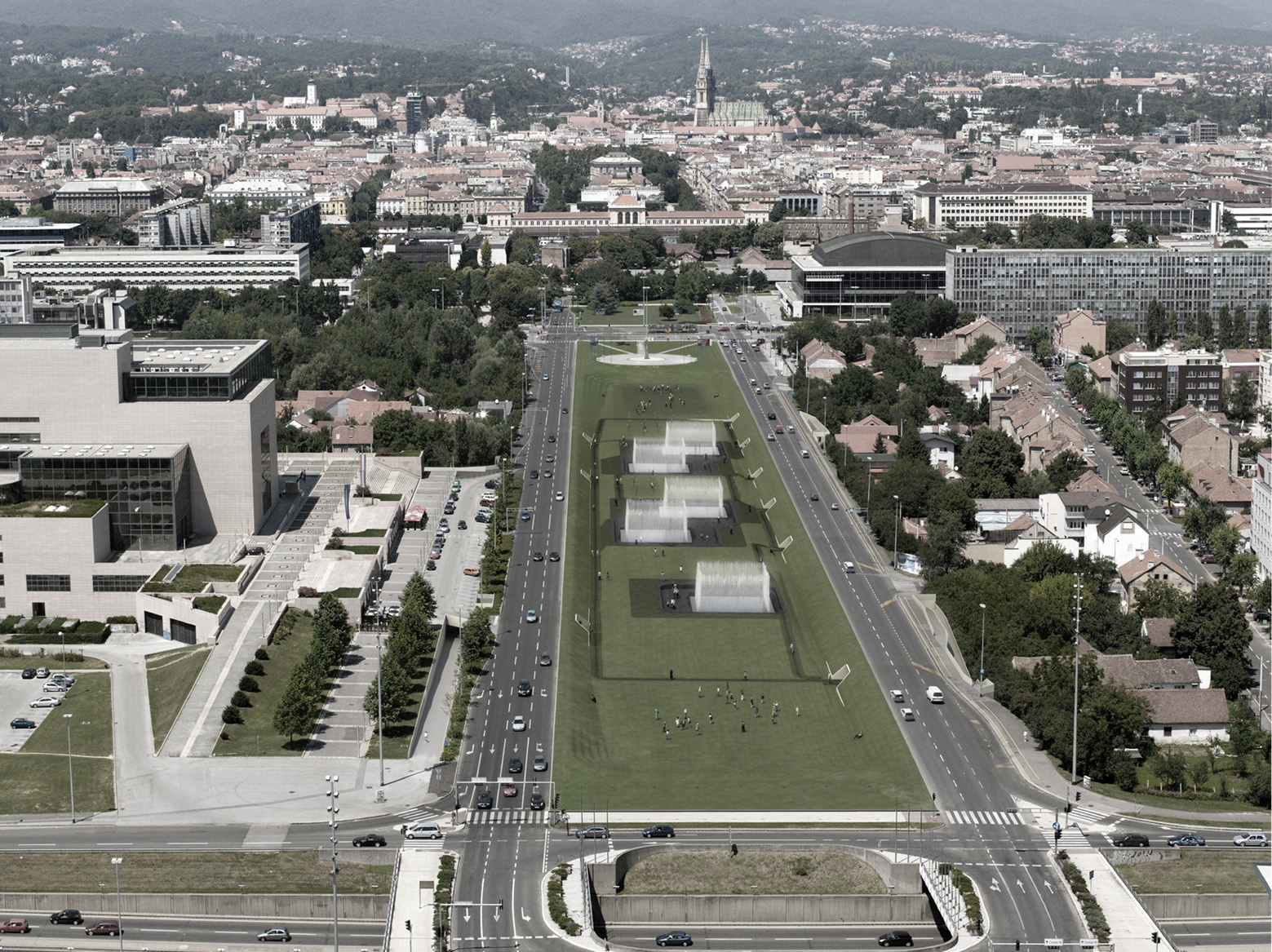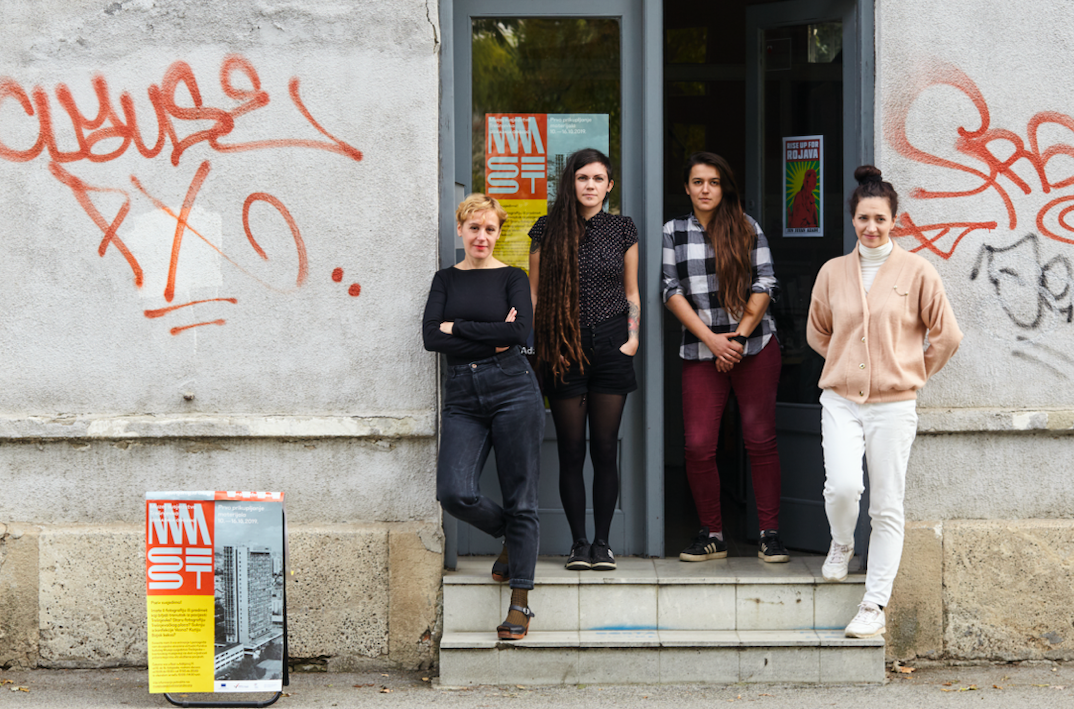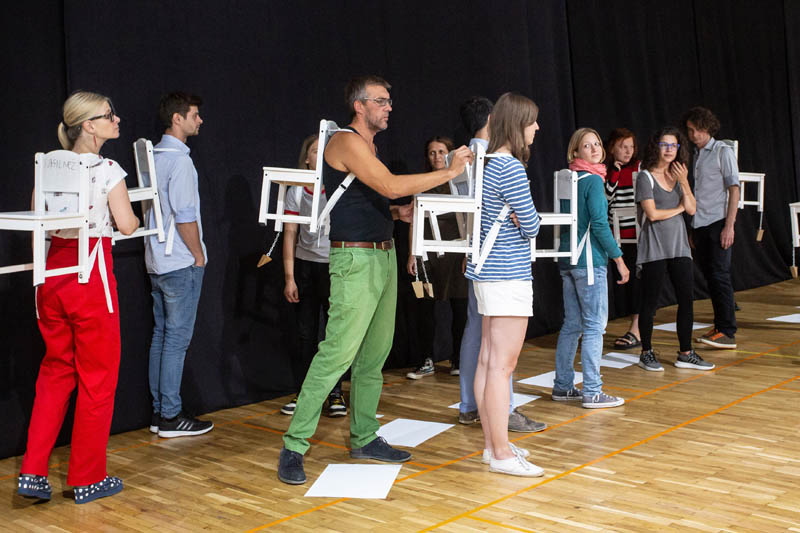The Curse of Zagreb’s Central Axis, by Antun Sevšek
The plain sprawling south of the railway and towards the river Sava was long considered the ideal locus for the new administrative and representative centre of the city. Generally planned in total disregard of the slowly accumulating complexities of ownership, the current urban fabric is a haphazard mixture of prioritised symbolic and formal elements and heterogeneous fragments of surviving historical land uses.
These formal elements, best exemplified in the gradual realisation of the central axis idea had soon become completely independent of their initial planning agendas. Reduced to a display of dominant ideological representations of successive city governments, and firmly on the radar of various recent neoliberal urban schemes, it is still an ongoing laboratory of representative urbanism, devoid of any relevant city-building content.
Antun Sevšek is an architect, researcher, and long-time activist dealing with the intersections of evolving urban planning strategies and their disruptions in contact with the social and material reality of the city.



